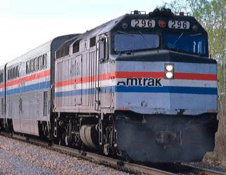 Conventional commuter trains are generally limited to a top speed of 60 miles per hour. The train speed is limited by the track condition, curvature, and elevation changes. It takes a lot of energy to move that big, heavy equipment up and down the track. Additionally, the train must overcome rolling resistance between the train wheels and the track to get to higher speeds.
Conventional commuter trains are generally limited to a top speed of 60 miles per hour. The train speed is limited by the track condition, curvature, and elevation changes. It takes a lot of energy to move that big, heavy equipment up and down the track. Additionally, the train must overcome rolling resistance between the train wheels and the track to get to higher speeds.
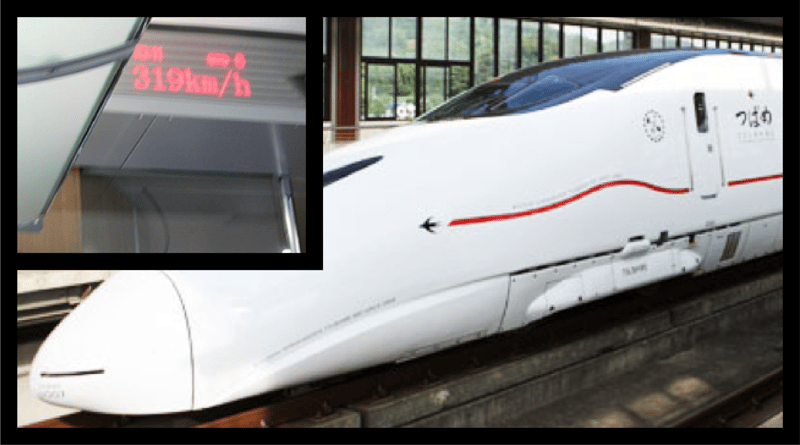 Magnetic levitation trains overcome the limitations of conventional train and track design. A magnetic levitation train, or Maglev, does not use steel wheels on steel rails. A magnetic field levitates the train above the track. No train-to-track contact offers many benefits, including:
Magnetic levitation trains overcome the limitations of conventional train and track design. A magnetic levitation train, or Maglev, does not use steel wheels on steel rails. A magnetic field levitates the train above the track. No train-to-track contact offers many benefits, including:
- Eliminates the needs to maintain a precise alignment of the track to avoid excess vibrations and rail deterioration.
- Faster acceleration and braking.
- Safely and efficiently maintains high speeds.
- Quieter than traditional trains due to the lack of wheels.
- Less track maintenance due to no contact wear-and-tear.
Now, wouldn't it be great if we could bring that same energy saving technology to the largest energy user in the commercial HVAC system...the chiller?
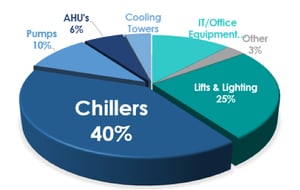 Chillers are energy hogs. They consume approximately 30-50% of the total building's power and are the biggest single power consumer.
Chillers are energy hogs. They consume approximately 30-50% of the total building's power and are the biggest single power consumer.
Well, now you can! Magnetic bearing chillers are the levitating train of the HVAC world. The traditional oil-lubricated bearings have been replaced by oil-free, magnetically levitated bearings in the compressors. Magnetic bearing chillers have the same great advantage as Maglev trains have over conventional trains.
The top three benefits of mag bearing chillers are:
- No more friction and drag on the compressor shaft. Just like the Maglev train, the compressor can spin with much less energy required compared to traditional bearing design.
- Much less maintenance required. There are no moving parts in the rotational assemblies of the compressor.
- No oil. No oil to manage. No oil to change. No oil level to check and top off. (There is a significant increase in efficiency with no oil contamination of the system refrigerant, but we'll save that for another blog.)
An oil-free, magnetic bearing chiller does have a larger initial investment but the energy and maintenance savings of the lifetime of the chiller will more than offset the first costs. The technology is worth examining for design engineers and building owners who are ready to invest in the future of commercial building.


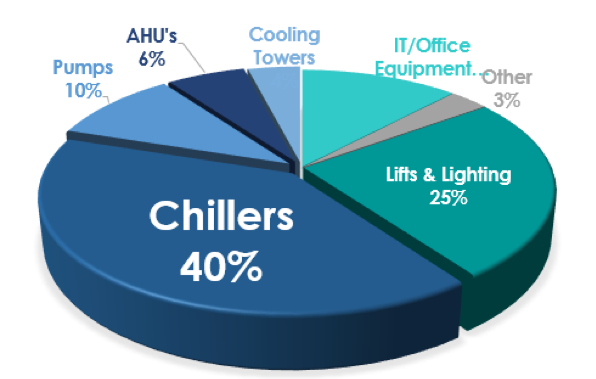


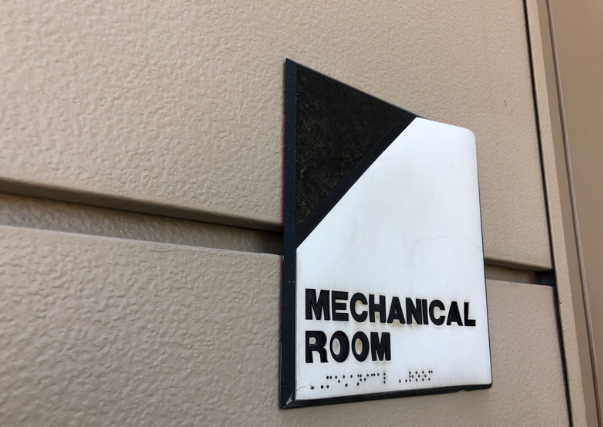




Submit a Comment